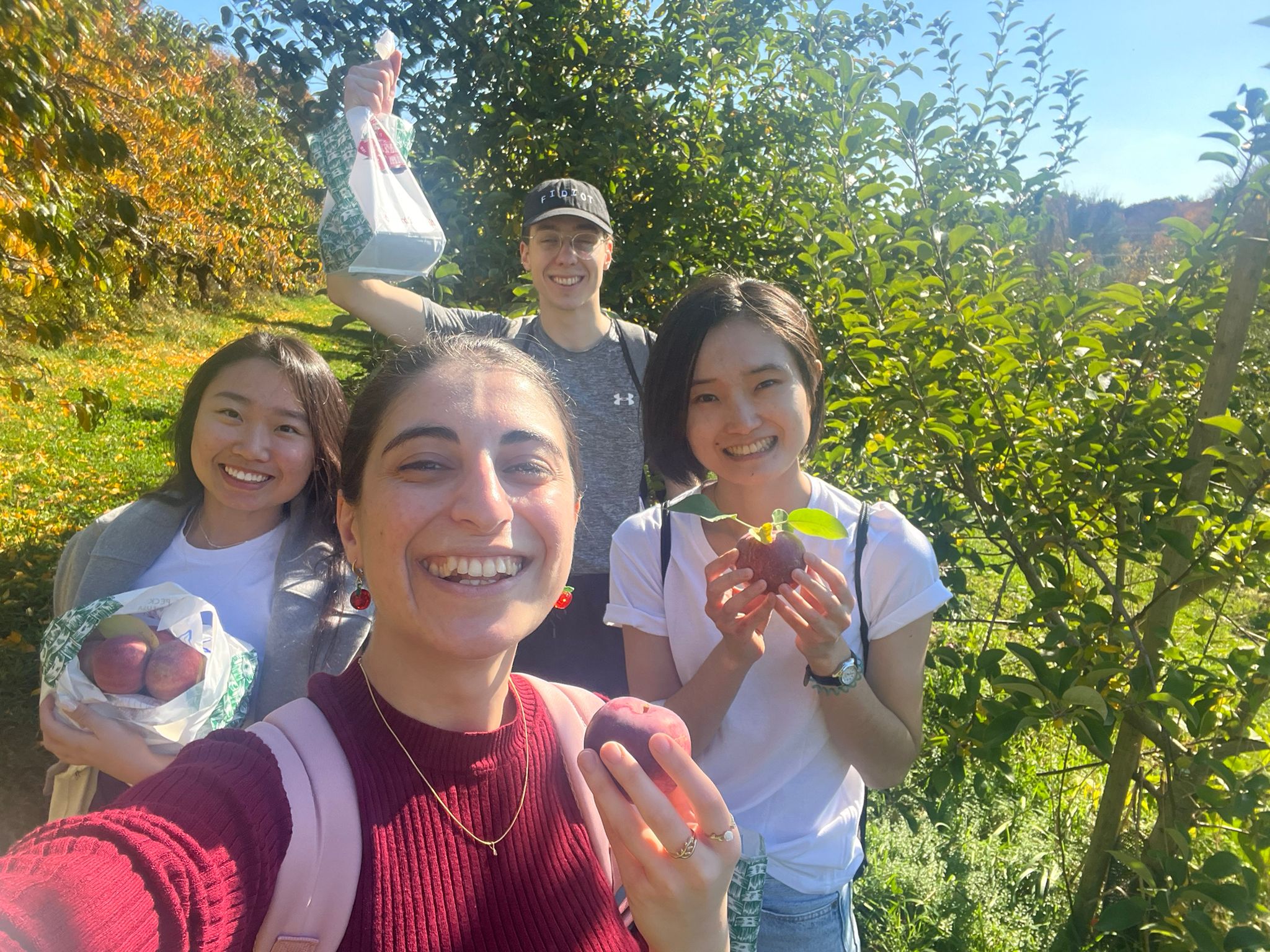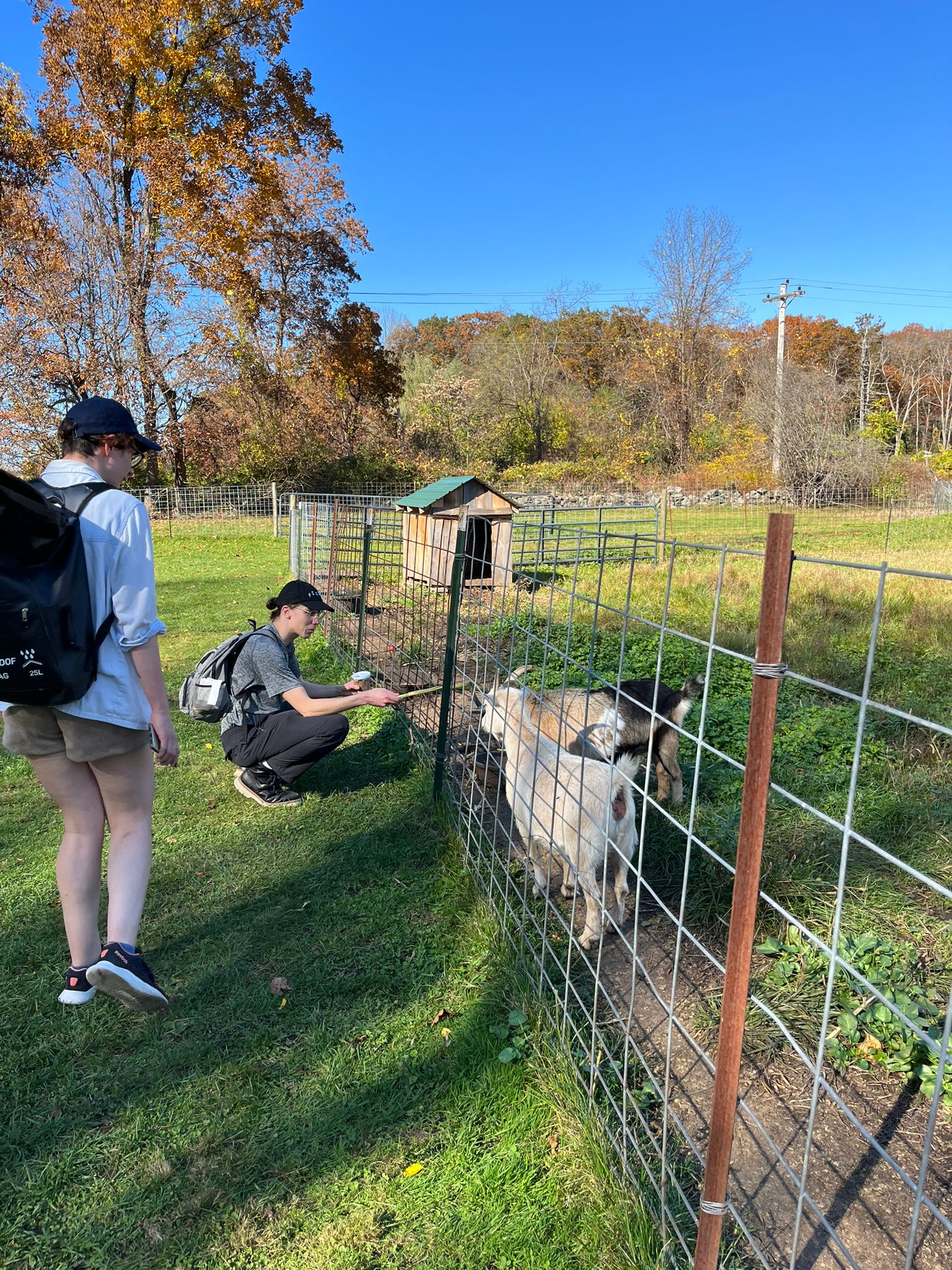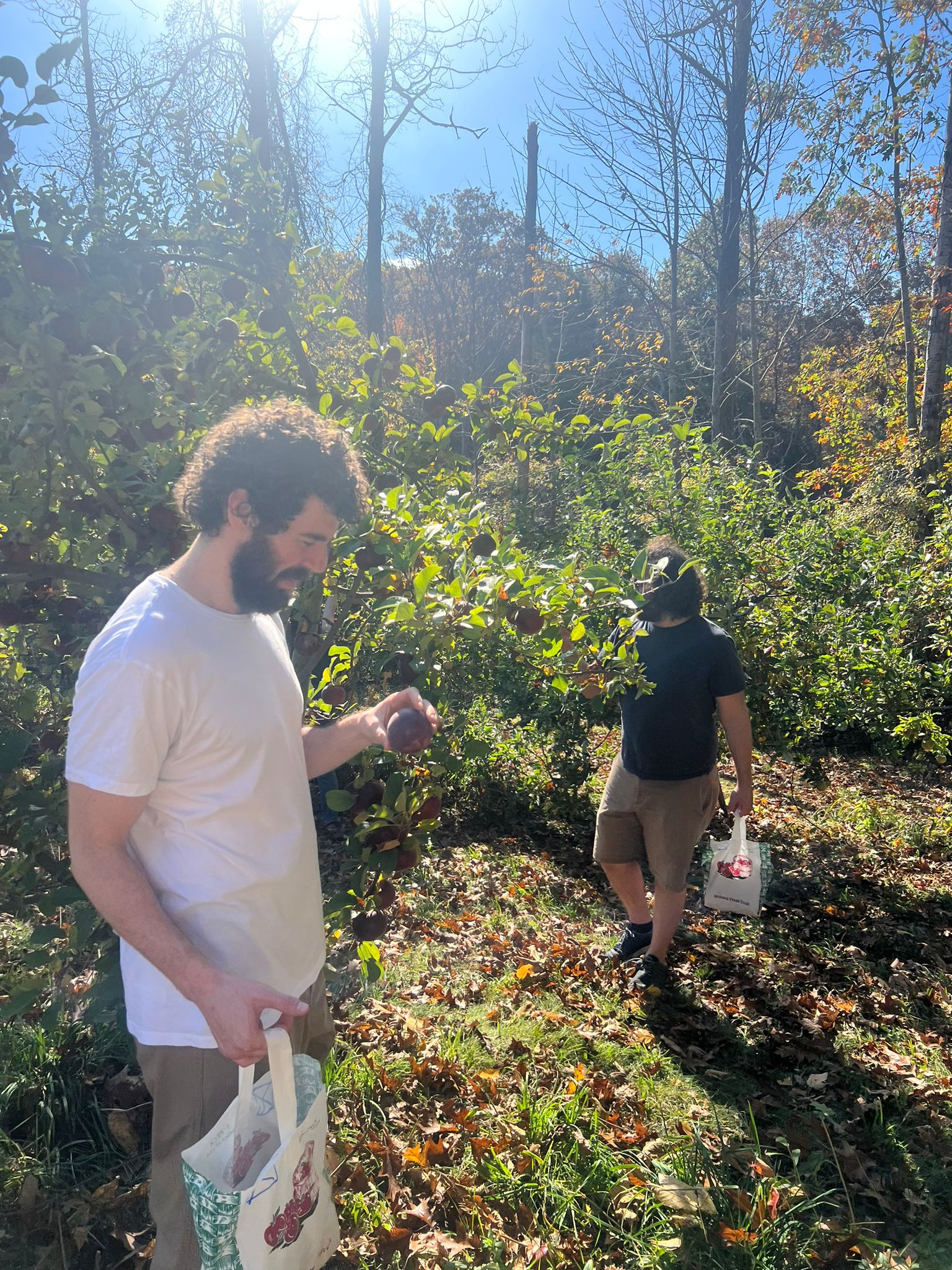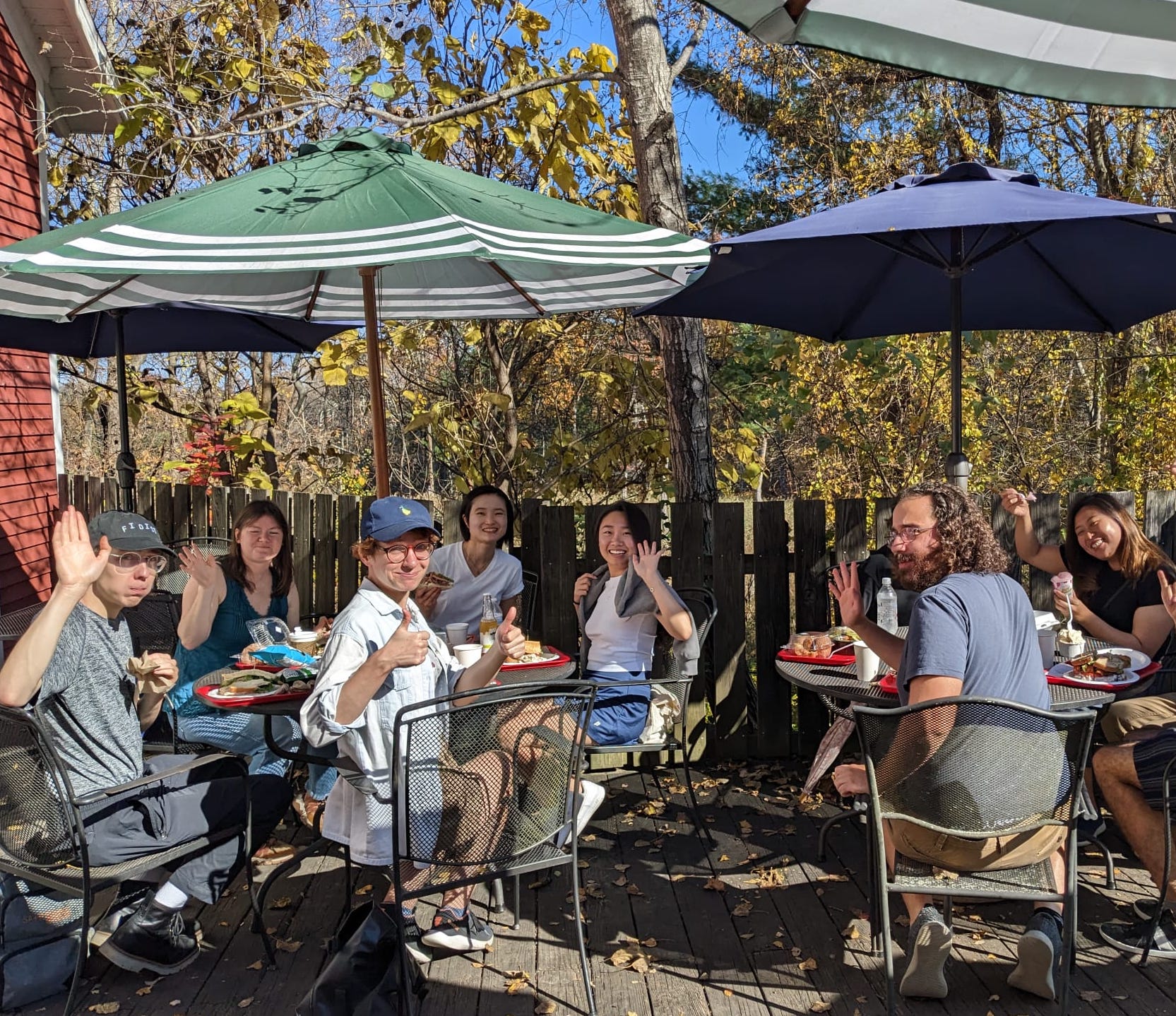Speaker: Omri Doron (MIT)
Title: Reduplication and number in Colloquial Jakartan Indonesian
Time: Wednesday, November 1st, 1pm - 2pm
Location: 32-D461
Abstract: NPs in Colloquial Jakartan Indonesian (CJI) do not generally bear any overt number morphology, and are traditionally assumed to be number-neutral semantically. For example, (1) is judged to be true both when there is a single difficult question in the homework, and when there are multiple ones.
(1) PR-nya ada soal yang susah
homework exists question that difficult
“The homework contains (a) difficult question(s)”
One strategy that CJI uses to convey multiplicity is reduplication of the noun. (2) is judged to be true if there are multiple difficult questions in the homework, but false if there is only one. This multiplicity inference does not arise in DE environments - (3) is only judged as true if there are no difficult questions. This raises the question of what is the semantics of reduplication.
(2) PR-nya ada soal-soal yang susah
homework exists question-question that difficult
“The homework contains difficult questions”
(3) PR-nya nggak ada soal-soal yang susah
homework NEG exists question-question that difficult
“The homework does not contain difficult questions”
Dalrymple and Mofu (2012) analyze CJI reduplicated nouns as denoting a “relatively large” plural individuals, putting the weight of the analysis on the threshold for being relatively large in different linguistic contexts. As opposed to them, I argue that the semantics of reduplication is essentially identical to that of plural-marked nouns in languages like English. In my analysis, the difference between CJI and English lies in the alternative relation between different forms. This may allow us some insight into the morphology of number marking and reduplication across languages.





